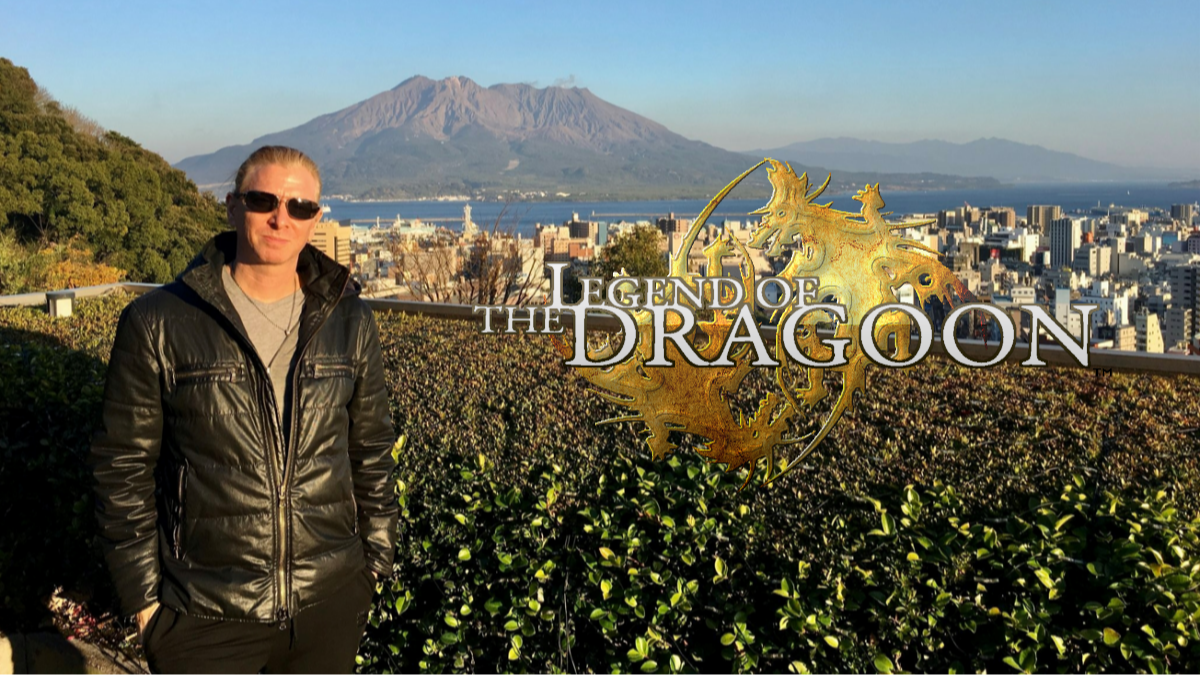The Legend of Dragoon is a cult classic JRPG still beloved by many today. We sat down with the game’s composer, Dennis Martin, who discusses what it was like to create the soundtrack—including technological limitations, composition process, and more.
Table Of Contents
The Legend of Dragoon Lives Forever
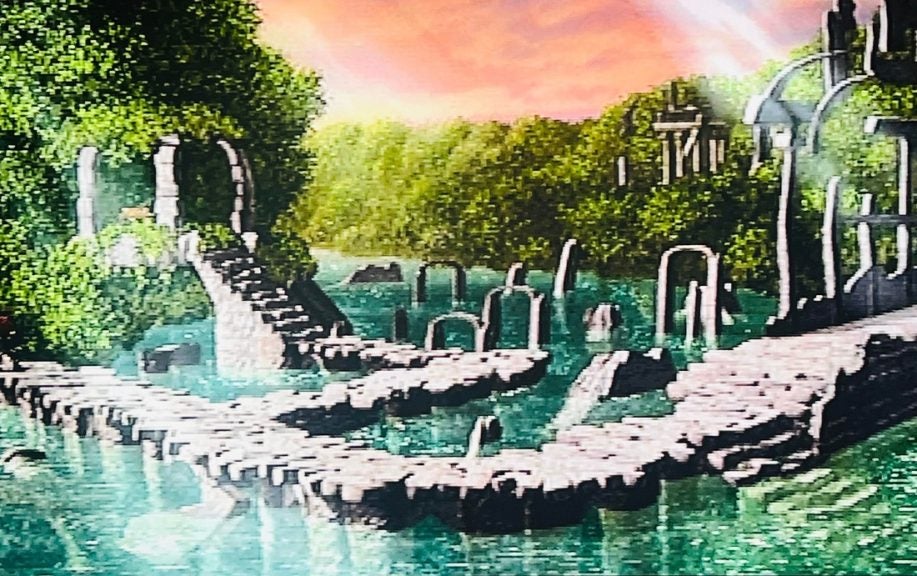
“I am always blown away when I get messages or see posts about [The Legend of Dragoon],” Dennis Martin, composer of The Legend of Dragoon soundtrack, tells me. “20 years is a long time, and for it to still have so much impact is a testament to the hard work we all put into it. Good storytelling and music are eternal, and what you listen to or play when you are young will stay with you forever… I am thrilled to have played a small part in that.”
The Legend of Dragoon first launched in 1999 in Japan, 2000 in North America, and 2001 in Europe. More than 20 years have passed, yet it’s clear that the game will forever retain its dedicated, cult following, as the community only continues to grow. Martin, who currently works with artists at his own label—Trend & Chaos—still fondly reflects on his work with The Legend of Dragoon soundtrack.
“A track I am very fond of is ‘Ruined Seles,’” Martin admits. “It was one of the very first pieces I composed for The Legend of Dragoon, and I did it completely blind—not really knowing what kind of scene they would be building around it. So, my music was first, and then they used it as a template. When I got to see a rough cut of the scene, I was blown away when I saw the beautiful animation they had created. At that point, I knew we had something special.”
Impact of Technological Limitations on the Music
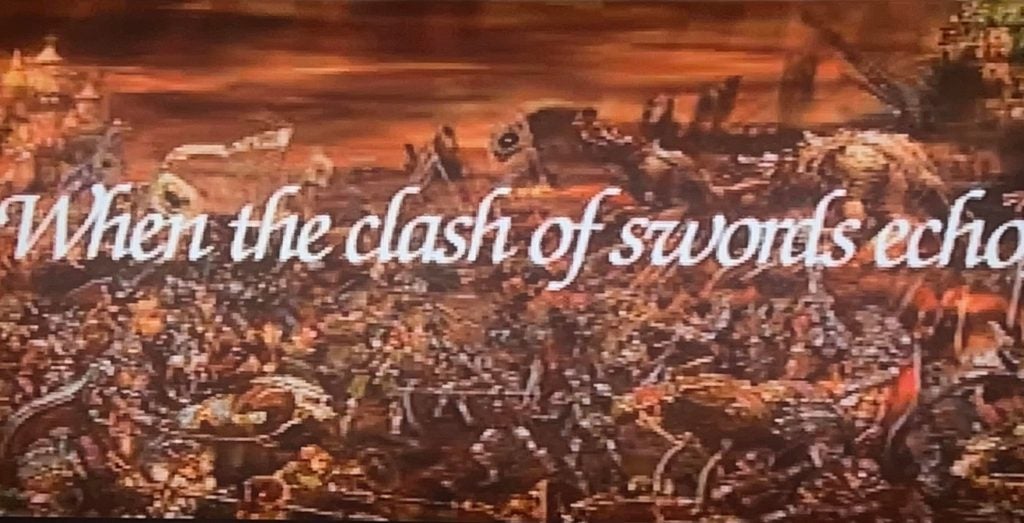
Of course, Martin wasn’t the only one blown away. One of the biggest draws The Legend of Dragoon had initially was its use of CGI cutscenes. Combining the gorgeous CGI from the Seles scene with Martin’s music left a permanent mark on many fans. However, there is one song in particular that every fan knows stands out among the rest. “‘If You Still Believe’ was the pinnacle recording from the soundtrack,” Martin states. “It was also the last track to get composed. Unlike the rest of the score, this was the only track that got a full production with live musicians, real strings, and the beautiful vocals from my dear friend, Elsa Raven. It was recorded in both Tokyo and New York.”
‘If You Still Believe’—the opening song for The Legend of Dragoon—sets a very different idea for what you think the soundtrack is going to be like throughout the game. I’ve often wondered about why the rest of the songs have a more techy feel to them, though this is arguably a part of the soundtrack’s charm.
“Due to the technical limitations at that time, 95% of the music was just played by me or Takeo and used internal synth engines,” Martin explains. “There were very few tracks that were able to have actual recorded audio due to memory limitations. We were using a combination of internal synth engines and audio samples, so the overall sonics were nowhere near what you can do today. Game scores now are full resolution audio and can be anything that the composer and director want it to be. I remember that I couldn’t even use a sustain pedal while playing the parts because sustain pedal data was too memory intensive.”
Working with Takeo Miratsu
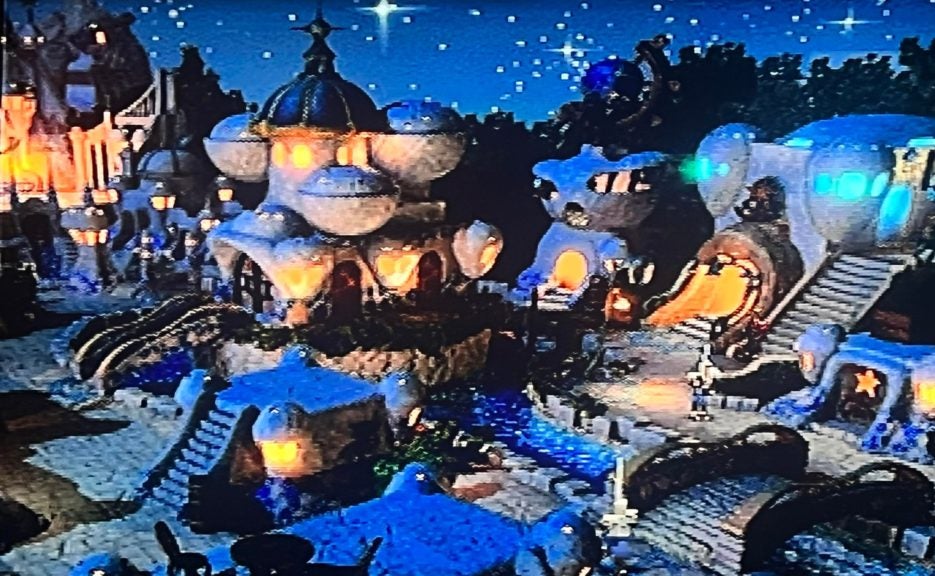
As Martin mentions, he was not the only composer working on The Legend of Dragoon soundtrack. Takeo Miratsu was a Japanese composer who put together about half of the songs, specializing in the battle music. Years back, Martin sat down with RPGamer to do another interview about The Legend of Dragoon soundtrack. In this interview, he talks a lot about his background with music, other projects he’s done, and influences on his work. However, he is also quoted as stating, “Believe it or not, I have never met Mr. Miratsu.” Martin explains to me that there must have been a miscommunication.
“I definitely met Takeo! We got to celebrate together when it was all complete,” Martin clarifies. “During that party, I have a clear memory of him telling me that he hoped that we could work together again and play together in the studio. Sadly, that never came to pass.” Unfortunately, Miratsu passed away from cancer in 2006. Though he isn’t around to see it, it’s clear that his legacy will continue to live on through the fans’ undying love for The Legend of Dragoon.
Despite the time that’s passed, Martin recalls his experience working alongside Miratsu with clarity. If you listen closely to the tracks, you can certainly hear the style differences. “Takeo’s style lent itself very well to the battle scenes, while my style was more thematic and story-oriented,” Martin explains. “We did crossover into each other’s areas as needed.” If you look at the layout for who composed each song, the differences between the composers’ work become apparent. In addition to the battle music, Miratsu handles some of the quirkier songs, such as ‘Riding on a Positive Rhythm’ and ‘Meru’s Theme.’ Meanwhile, Martin masterfully brings all the kingdoms and other locations to life through his music, such as ‘Forbidden Land,’ ‘Ghost Ship,’ and ‘Royal Capitol.’
The Process Behind the Masterpiece
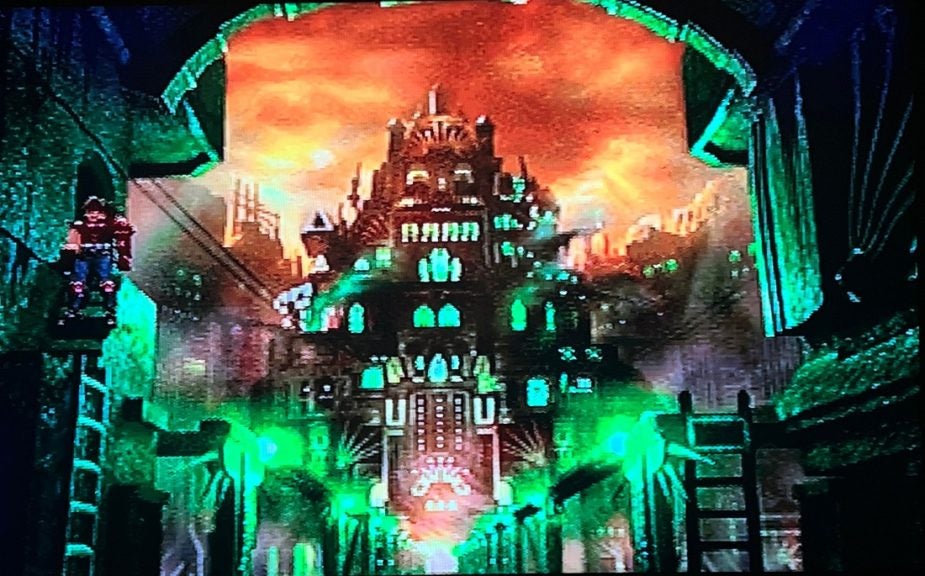
Considering the difference in composition styles, it seemed like it may have been a simple task to divvy up the soundtrack between the two composers. However, Martin informs me that this wasn’t exactly how it happened. “Originally, I was the only composer on the project, but it became clear that the production schedule would require a team effort,” he explains. “I think it was a bit of a learning process for me and the team in the beginning. I don’t think they were used to working with a composer that was not Japanese, and it was my first project of something at that scale.”
So why was Martin chosen for this project despite being both American and brand new to the scene? According to the interview with RPGamer, Martin explains that it was likely because they were “looking for a different twist.” Luckily, for those of us who’ve gotten to experience this unique soundtrack, we know that they accomplished exactly that.
The final pieces to make it onto the soundtrack were from the combined creative vision of both the composers and the rest of the team. Though this was Martin’s first project of this magnitude, he got a fair amount of freedom during the collaborative process. “I was given a lot of freedom to create, but I did get some notes and storyboards for each scene,” he explains. “The direction was more of a general mood or vibe and not really specific to the style of music. It took a few scenes for us to find the right sonic template for the characters and visuals. Once we found that, it was a lot easier moving forward.”
What Makes the Soundtrack Unique
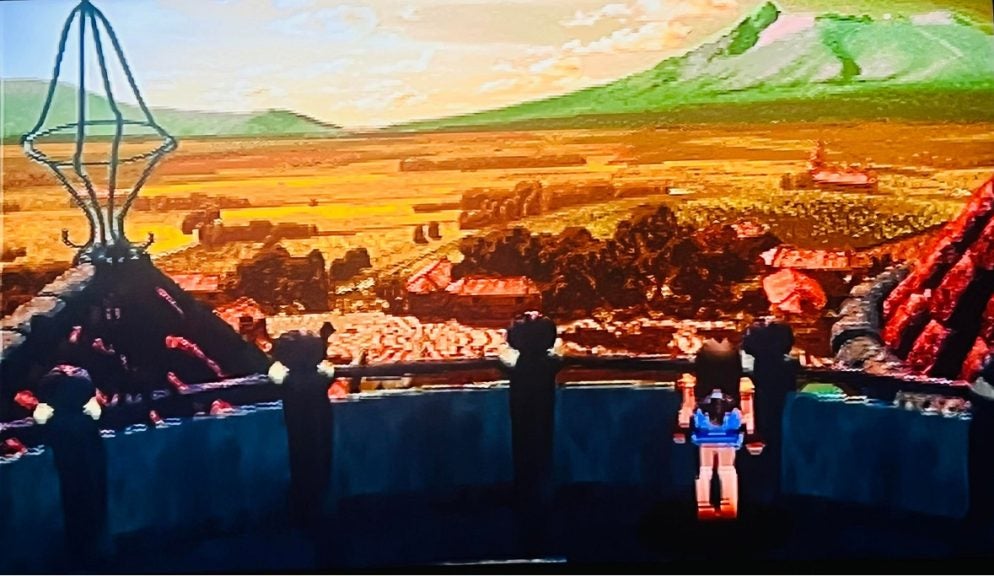
You might be inclined to think that Martin’s lack of experience working on game soundtracks like this may have hindered him. After all, it’s clear that the process was rockier at the start. However, Martin explains that his background actually worked to his advantage. “I was not a traditional game composer, so I think I approached it from a different angle than many would have,” he points out. “I didn’t go in with preconceived ideas of what a game soundtrack should be and probably used a palette of sounds that were not really being used in game scores at that time.”
Since I first played The Legend of Dragoon, I’ve tried to explain to others how unique the soundtrack is. But every time I’ve tried, I stumbled over the explanation. There’s clearly something different about these songs that have caused them to stick with countless people for so many years, but I’ve never been musically inclined enough to give a satisfying explanation. Luckily, Martin has my back. “The sonic layering of organic, ethnic percussion with electronics was unique at that time for a Japanese game,” he explains. “Drawing from certain ethnic sounds to give some grounding to The Legend of Dragoon’s fantasy world was my ethos as I moved through the project.”
It’s clear that an impressive amount of work went into composing The Legend of Dragoon soundtrack. Between technical limitations, collaborating with other people, and finding his personal inspiration for the tracks, Martin went the whole nine yards. But at the end of the day, the music needed to fit just right with the visuals to create a masterpiece. Martin recalls what his experience was like when he first played the game with everything put together.
“I think the team did a great job at choosing the right tracks for each scene,” he commended. “What I remember most after all these years is the menu and map music—probably because you tend to hear those more than any other track during gameplay. Also, I was very bad at the battle scenes!” he admits. “I like Lloyd because he’s a troublemaker. His theme was one of my favorites, and I loved when I heard it in the actual gameplay.”
The Legend of Dragoon Remake
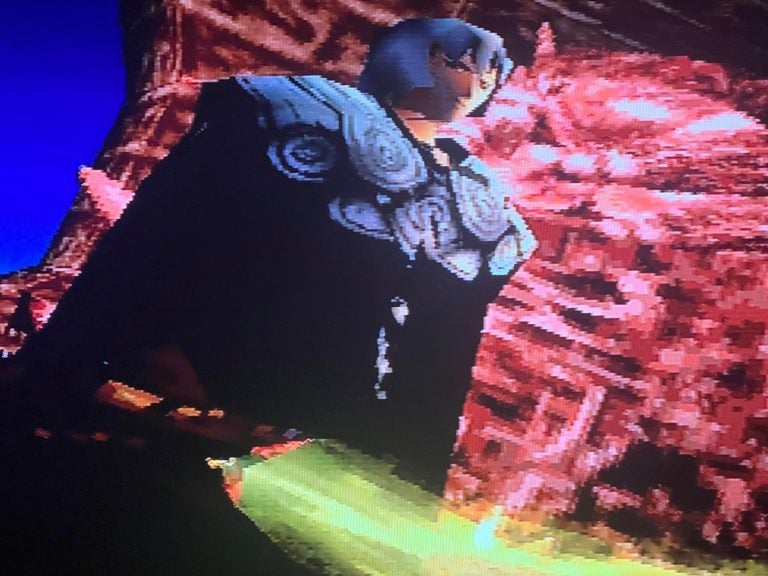
It would be remiss of me to interview someone who’s worked on The Legend of Dragoon and end the discussion without at least inquiring if they’ve heard anything about the possibility of a remake. Expectedly, Martin admits he hasn’t heard anything. But when asked about whether he’d return to work on the soundtrack if a remake ever did surface, his answer struck a chord with me. “I see a lot of people talking about that, but I have not really thought about that much to be honest. I think what we created was very special and unique for the time and will always be special to me.”
I—along with numerous fans—have spent a significant amount of time and energy focused on a remake for The Legend of Dragoon. Martin’s comment about not having thought much about it and appreciating the original game for how special it is was a needed wake-up call for me. There’s nothing wrong with desiring a remake, but we need to remember that no matter what happens, The Legend of Dragoon is a brilliant work of art that we refuse to let get lost to time—whether a remake happens or not.


